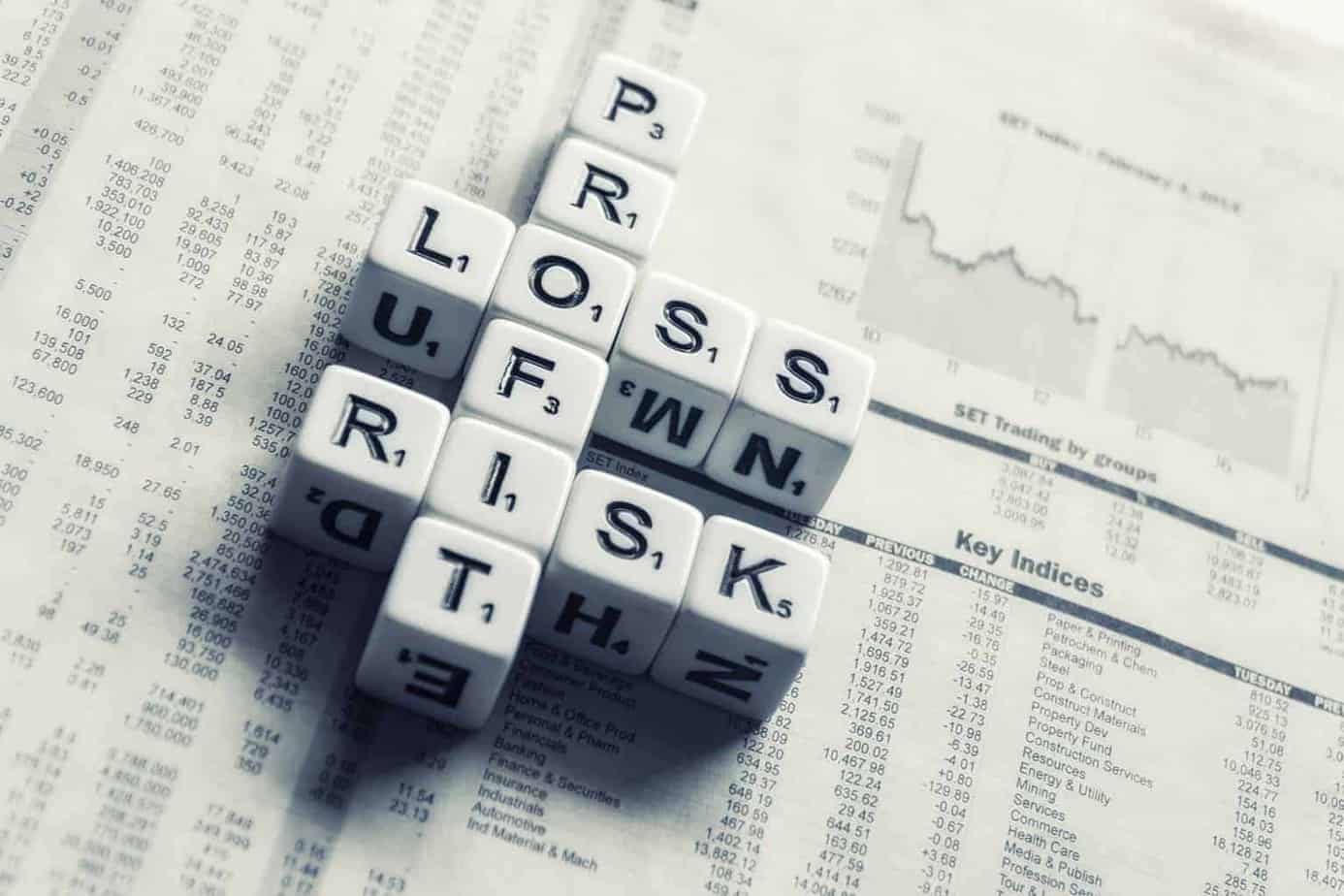Stock Market for beginners : Essential guide

Stock market is a tough place, specially if you are a beginner. In this stock market for beginners guide, I tried to share what i learnt in my 8 years of trading career. Lets understand first, what is trading and investing?
Trading Vs investing: The words ‘trading’ and ‘investing’ cannot be used interchangeably with reference to the stock market. Trading and investing in the financial market are two completely different activities. Okay, they may not be “completely different” but it’s not the same either.
The major difference lies in the time period. Trading is considered to be a short-term activity. While investment is a long-term activity. A person who ‘trades’ seeks to make profit irrespective of the economic situation of the financial market.
He/She do not necessarily wait for ‘uptrends’ nor do they deem it to be necessary to wait for the market to outperform expectations in order to earn profits. However, an investor invests keeping exactly this in mind. He/She invests today, anticipating outperformance in the future that will yield profits in the long-run.
To a lot of you, the difference between the ‘trading’ and ‘investing’ may prove to be just a trifling little detail. But if you are seriously interested in learning about the financial markets, the way they work and the way they can be worked for personal gain, you should pay heed to the difference.
Before venturing further into this article, understand this. Trading, as a money-generating/wealth-accumulation activity, is not easy. Don’t ever think of it as a ‘shortcut’ for success. If you want to be a successful trader, one of the first things that you should do, at a personal level for yourself is to decide to take a stance.
Trader’s Checklist for Stock Market beginners
Trading in the stock market for beginners isn’t a game. And nor can it be called a hobby. It’s the real deal. There are certain terms that you should know about and understand before you begin trading:
- Charting A means of technical analysis, charting is a technique which facilitates a trader to study stock-trends in a pictographic manner. Price-movements, open interest, volume etc. is some of the information that gets charted. Charting acts as a foresight tool for the trader.
- Leveraging: Leveraging is a strategy wherein a trader can borrow ‘X’ amount of money and invest it in financial instruments. It allows a trader to trade beyond his/her immediate financial limits. Leveraging is done to increase the percentage of return on investments.
- Margin: Margin is different from leveraging in one way. While leveraging is the act of taking up debt, the margin, on the other hand, is the form of debt.
- Liquidity: The ease with which the instrument can be converted into money.
- Volatility: The extent and frequency of the change in an instrument’s price levels. (financial instrument: stock, gold, forex etc)
- Risk: The likeliness to losing money.
Moving on, let’s look at a few concepts that we believe is essential for any person who wants to start trading.
Charting Tips

We have already explained what charting is, what it’s used for and what kind of information you can get out of charting. But just to recap, charting is a means of technical analysis wherein charts are created to better understand various stock/market-related trends. To use charting to your benefit, as a trader, you must realise the importance of the data that you collect and analyse via these charts. Ultimately, that’s where the juice is at. Data, Information. For this purpose, you can even make use of multiple charting tools that will serve as a guide initially. You will know what data is important, what to look for and why.
Understand this, charting involves the storage of a lot of information. And hence, organization of this data is very important. That’s where the design of the chart comes in place. Here are a couple of design tips that you should use for your charts:
- Colour: Ideally, the background of a chart must be either: black, white or grey. Price bars should be coloured in accordance to the trend. Red for negative trends and green for positive trends. The basic concept of using different colours in your chart is so that the data stands out and is easy to identify/read. Use the same colours to signify the same things in different charts and apply this to all your charts, it becomes even easier for you to understand the data.
- Layout: The layout basically includes the space occupied by all your charts and other data. Ensure that your “workspace” as it’s called, is easy to understand, cluster-free and of course, informative. At the end of the day, the design of the layout is upto you. Just ensure that it doesn’t muddle all the information up and presents a clear picture of things as they stand.
- Text: This is common sense. Use fonts that you can understand. Use a font-size that’s easily readable with minimum strain on your eyes. Once you find your match, it’s better to incorporate the same font style and size to all your charts and data across the layout.
The ‘ABC’ of the concepts of leveraging and margin
A regular bank account doesn’t give you a ‘margin’ to ‘leverage’ your funds and increase the returns on your investment. To do so, you need to be an approved holder of an account that’s called a margin account. Note that leverage is always shown in ratios. To better explain the concept of leveraging, let’s take an example. Say you have 10,000 INR in your trading account. You have a leverage of 3:1. Hence, although you have only 10,000 INR in your trading account, yet, you can trade for the amount of 30,000 INR. This is exactly how leveraging and margin allows a trader to trade beyond their means. In order to get a loan i.e margin, your securities and cash in the margin account act as collaterals.
A very, very important thing in the stock market for beginners that no trader must ever forget is that leveraging has an impact on your profits, yes, but it also has the same impact on your losses.
liquidity and volatility:
Every trading instrument must be adjudged based on two parameters: liquidity and volatility. The liquidity of an instrument can be judged in market dept window based on Bid/ask spread.
The reason why liquidity is given the importance that it is given in reference to trading instruments is that a liquid instrument can be traded easily without too much of hassle. Due to the liquid nature of the instrument, very few orders aren’t carried out.
Also, whenever an order is carried out, the price is more or less the price as mentioned in the order. These reasons make liquidity an important factor that’s to be considered while buying any trading instrument.
Volatility is another important metric that has to be looked at before purchasing any financial instrument. Profits lie in the volatility of an instrument. And hence, it’s important to always look at the volatility of the instrument and accordingly, set the price at which to purchase. Average Daily trading volume and Average Daily trading range are two popular metrics that you should to analyse the volatility of a particular instrument.
Different types of trading instruments
Once you learn and understand the fundamentals behind ‘trading’, you can then literally choose which financial instrument to trade in. As a trader, there are multiple options for you to choose from. Given below are some of the different types of trading instruments:
- Commodities (precious metals, gasoline, agricultural products)
- Exchange-Traded Funds
- Stocks
- Forex
How to limit your risk?
For every trader, irrespective of whether you are a beginner or a seasoned professional, risk management and risk assessment is one of the most important jobs. There are a couple of things that you can do to manage your risk effectively, these are:
- Ensure that your ‘trading capital’ is an amount that you can afford to lose. Be especially careful when you are trading on margins.
- Register profits that will make up for your future loss.
- Before making the trading decision, conduct a risk-to-reward analysis.
- Understand and use the concept of ‘probability’ while making trading decisions (basic probability).
- Ensure that you come up with a stop-loss for yourself, one that’s protective and realistic. Keep one for each trade.
- Be smart when and realistic whenever you are trading in quantities.
Automated Trading Systems
Technology has taken over the trading systems. Automatic trading systems are systems that automate the entire trading process. You can do things like, place a bid on a stock in the morning and if the stock ever reaches the price mentioned by, it will be purchased automatically. The same goes for sale. Automated trading systems are the new thing, no doubt. But looking at them from a trader’s perspective here is what one’s notice:
- For a trader, it eases the stress on him/her to maintain a cordial relationship with their broker in order to get the job done.
- Extremely safe as there’s no room for computer interpretation.
- Makes it easier for a trader to follow their trade plan.
- These systems are better suited towards the dynamic nature of trading markets today.
- Makes diversification of trading much simpler.
- One of the biggest drawbacks of these systems is their mechanical failure which in turn leads to other problems.
Essential documents for a ‘trader’
In a perfect world, you should have the copies of these documents in both: hard and soft copy formats.
- Description of your trading plan.
- Historical data of your trading plan.
- Any programming codes and other inputs which can be associated with your trading plan.
- Brokerage statements; reconciled monthly.
- Trading journal.
- Economic calendar along with market holidays marked on it.
- Important phone numbers (broker, etc)
Keep all these documents and a professional such as a CA or CPA to handle your taxes. You can handle them on your own even but trading taxation involves a lot of complexities and is highly dynamic hence, hiring a professional is more advisable.
Final words:
I tried to share essential things you need to consider before starting your career in Stock market as a beginner. Still, there are many more things you have to keep in mind to become a successful trader. If you have any query related to stock market for beginners, just ask me in the comment box, I will try to solve all the queries. You can contact us on WhatsApp or in our live chat.
Thank you so much for reading this Stock Market for beginners – A essential guide. Don’t forget to share your feedback in the comment box. If you like my airticle please share it with your friends and colleagues who want to start their career in this Stock Market.
Options Strategies – A Mentorship Program
On September 01, 2019, We have launched a new mentorship program for Option strategies, in which we’ll discuss how can we deploy these Options strategies? What rules we should follow before taking a trade? And what should be our adjustments if the script is moving against your direction?
Best Bank Nifty Future Intraday Strategy
Are you looking for Best Intraday Strategy for Bank Nifty Future? You must check this, an intraday strategy which has backtested in every market conditions.






